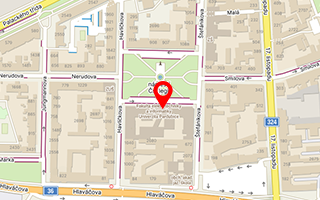Publikace detail
Survey of Point Cloud Registration Methods and New Statistical Approach
Autoři:
Marek Jaroslav | Chmelař Pavel
Rok: 2023
Druh publikace: článek v odborném periodiku
Název zdroje: Mathematics
Název nakladatele: MDPI
Místo vydání: BASEL
Strana od-do: nestránkováno
